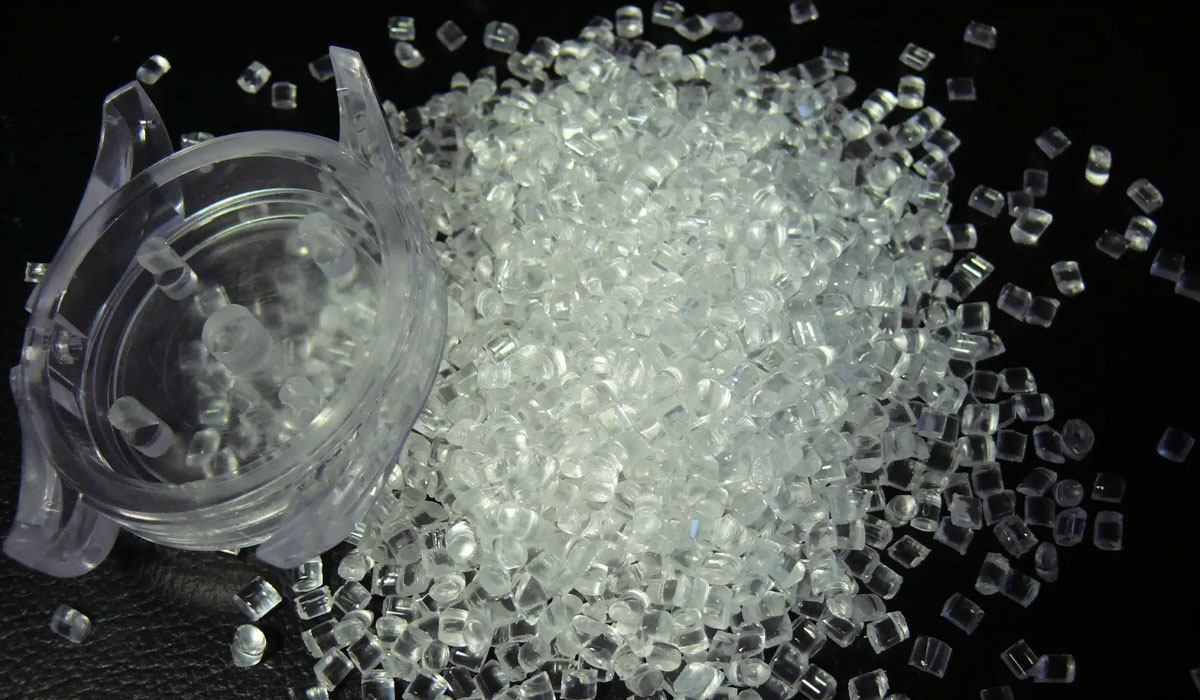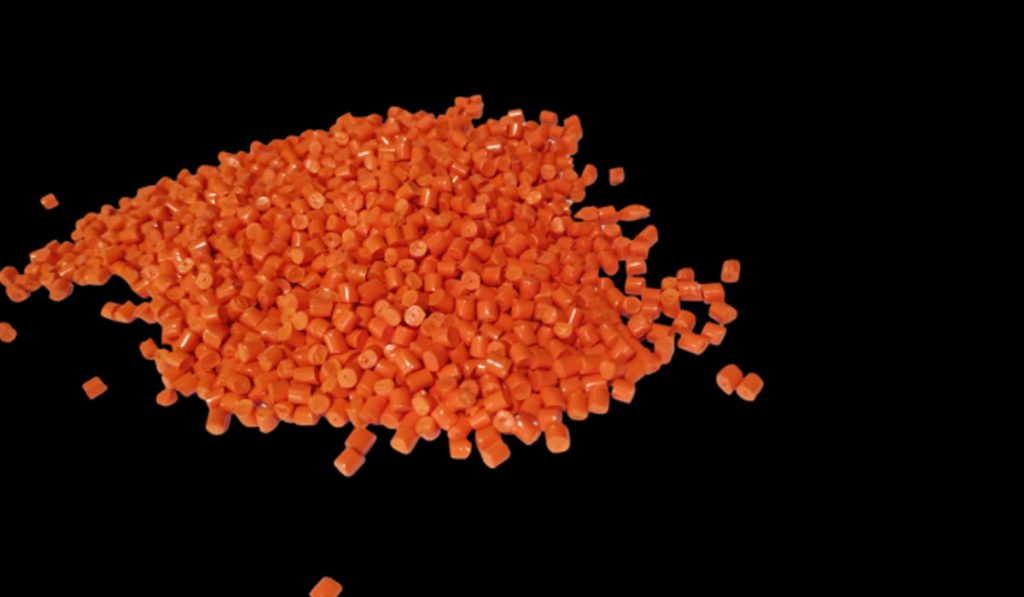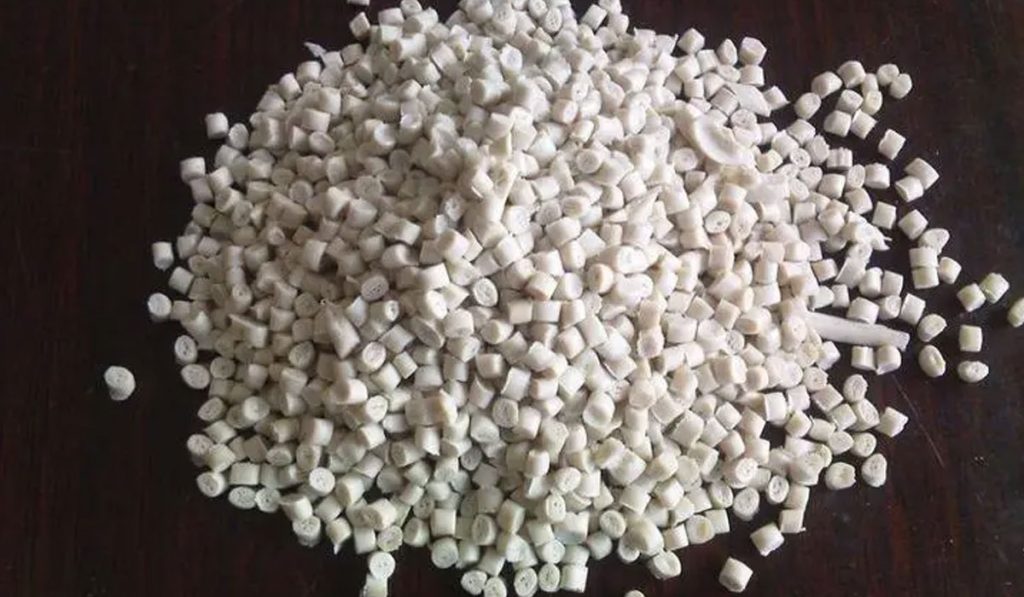Injection molding is a highly productive and efficient method for manufacturing plastic products. The injection molding cycle involves injecting molten plastic into a mold and then cooling it down to form a solidified part.
Thermoplastic polymers are more common than thermosets in injection molding. Thermoplastics are plastics that can repeatedly melt or soften when heated and solidify when cooled, making them a recyclable material. Excess materials from the previous molding cycle are re-crushed and added back to the injection chamber along with the primary pellets, but their addition is limited to a maximum of 30% bulk material, as this may degrade the original physical properties of the plastic.
In contrast, thermoset plastics can only be formed once after initial exposure to heat due to the crosslinking of its polymer chains. In this case, the molten mass of thermosetting materials must be immediately transferred to the mold in order to avoid settling of screws and valves, which can lead to damage to the injection unit. However, these plastics are valued for their strength and rigidity. They are extremely resistant to high temperatures.
#1 The Types Of Resins Used In Injection Molding
The following are some of the most commonly used materials in plastic injection molding:
1.Acrylonitrile Butadiene Styrene (ABS)

2.Polycarbonate

3.Nylon

It is strong, flexible and resistant to impact and chemicals.
It is sometimes reinforced with fiberglass to increase tensile strength.
It is used where low friction is required.
Nylon has a high melting point, making it an alternative to metals in high temperature environments, but it is also highly flammable.
However, nylon is one of the polymers that is difficult to mold due to its hygroscopicity, shrinkage, and tendency to outgassing at high temperatures.
4.Propylene

5.Polyethylene

6.Liquid Silicone Rubber

#2 Injection Molding Heaters
Depending on the type of material from which the products will be made, you may need heating elements with different characteristics. Ring heaters of the injection molding machine cylinder differ in type and maximum heating temperature. Micanite clamp heaters , for example, are capable of heating up to 350 C, and ceramic ones – up to 500 C.
Spiral heaters and cartridge heaters also have different electrical characteristics, they differ not only in shape and size. Cartridge heaters, for example, can be made either by placing coils in grooves in a ceramic insulator, or the coil can be wrapped around a core in cases of high power cartridge heaters.
